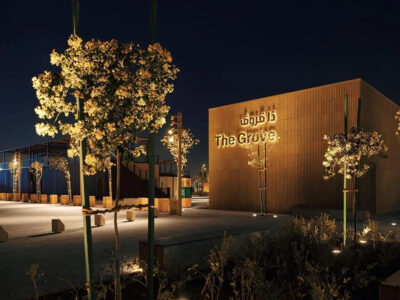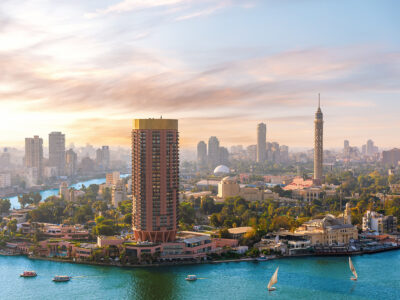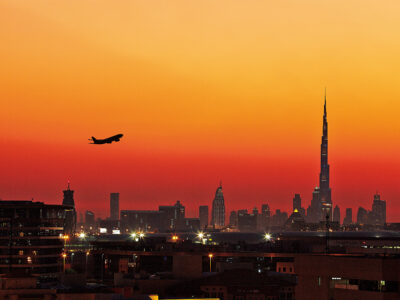Over half of the Gulf’s projected hotel pipeline is currently under construction in the UAE but while Dubai is likely to be able to maintain its occupancy levels, Abu Dhabi is expected to struggle amid oversaturation.
Around 57 percent of the GCC’s projected hotel pipeline is in the UAE with an estimated 38,318 rooms set to come online over the next three years, according to data compiled by STR Global and Christie + Co.
“It’s very much a tale of two cities…Dubai saw most of its growth in the pre-crisis years whereas Abu Dhabi saw its growth during the crisis years,” said Gavin Samson, managing director at Christie + Co MENA.
“If you take 2009 as a reference point Dubai’s inventory grew by 15 percent but then the trend generally tails off and it drops to where it is reasonably even and stable. Whereas if you look at Abu Dhabi you have a 37.5 percent increase in 2010, 40 percent this year and it’s that spike in 2012 that’s really causing the pain,” he said.
“It does drop off quite dramatically but definitely two spikes are contributing to the challenge that Abu Dhabi faces. Most of the hotels are five star-deluxe, which we know demands a reasonably good rate [and] higher levels of return for their owners so it puts a lot of pressure on the market,” he added.
Arab Spring uprisings across the MENA region, including Syria’s civil war, have helped the UAE attract tourists seeking a safe haven.
Tourist arrivals to Dubai, home to some of the world’s glitziest shopping malls and lavish hotels, increased ten percent and hotel revenue 19 percent in the first half of the year.
Hotel guest arrivals in neighbouring Abu Dhabi rose 15 percent during the first eight months of the year, tourism authorities said.
Despite increasing demand for luxury hotels across the Gulf state Dubai will maintain a leading edge over Abu Dhabi with occupancy rates in the emirate projected to stay at around 75 percent over the next three years compared to 64.8 percent in Abu Dhabi, noted the report.
“Dubai hasn’t actually had too much stock coming online [this year] and the Arab Spring and all of the positivity in the market has meant that Dubai occupancy rates have really increased [while] Abu Dhabi has struggled because of all of the new supply,” said Samson.
“Abu Dhabi doesn’t have the strength of demand drivers that Dubai has at the moment but that’s not to say it won’t in the future.”
Of the 113 announced hospitality projects set to come online in the UAE in the next three years, 34 are brands new to the country and 79 are already established in the market, noted the report. New hospitality brands include the Waldorf Astoria, St Regis and W Hotels.
While Abu Dhabi and Dubai account for the majority of hotels set to come online in the UAE over the next three years, Sharjah makes up the third largest stock with 12 percent followed by Ras Al Khaimah (7 percent), Fujairah (4 percent) and Ajman (0.5 percent).
“Ras Al Khaimah is projected to open around 2,300 rooms over the next two years, which increases its inventory by 50 percent,” said Samson.
“In the Northern Emirates generally the numbers are coming from a low base so percentages are going to be a little bit distorted. Ras Al Khaimah is going to see a very large increase in its inventory but they are being quite aggressive in terms of marketing so it’s certainly a market to keep an eye on,” he added.





